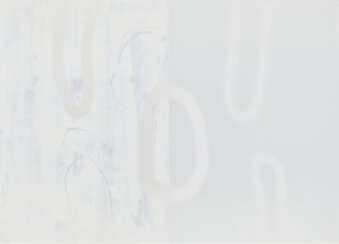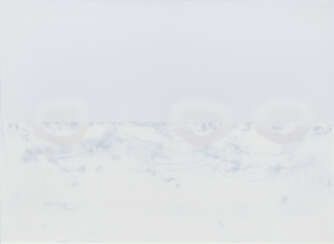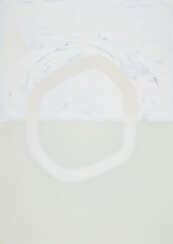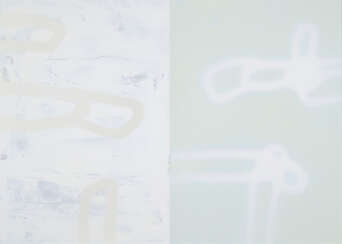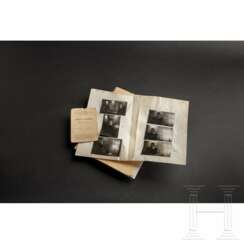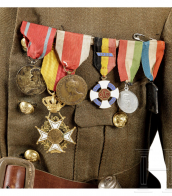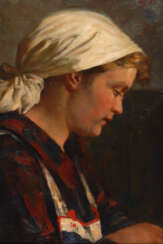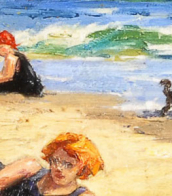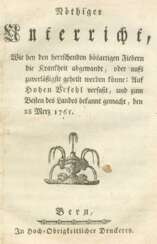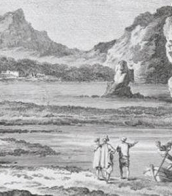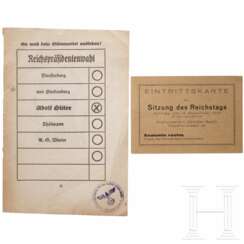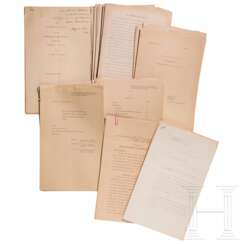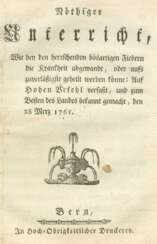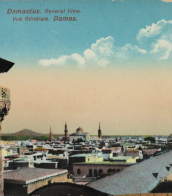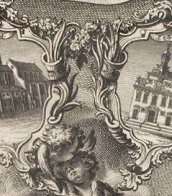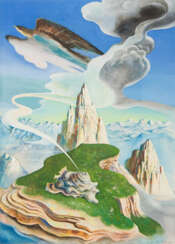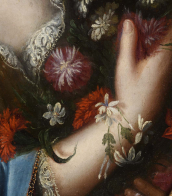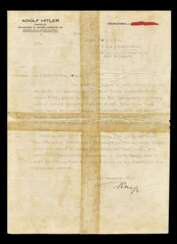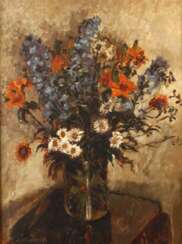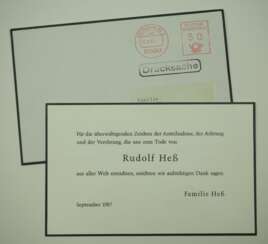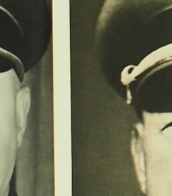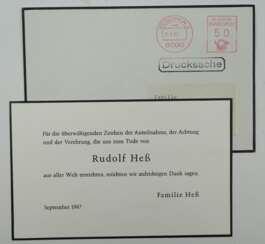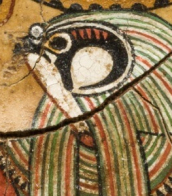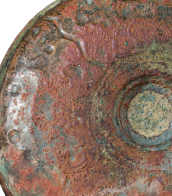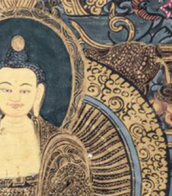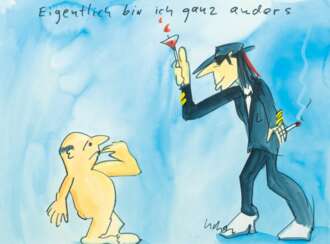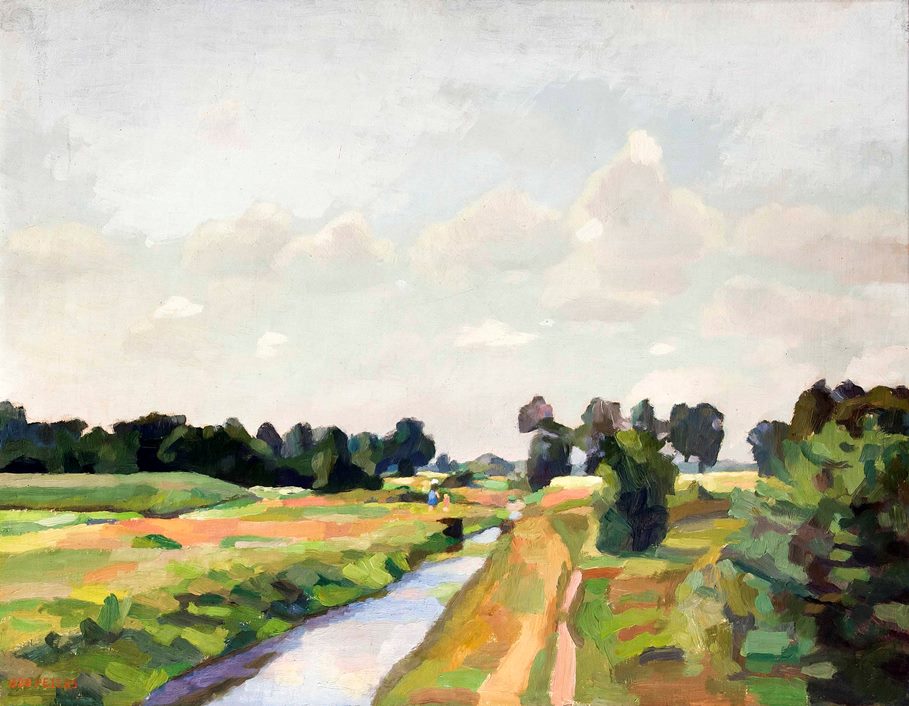udo nöger
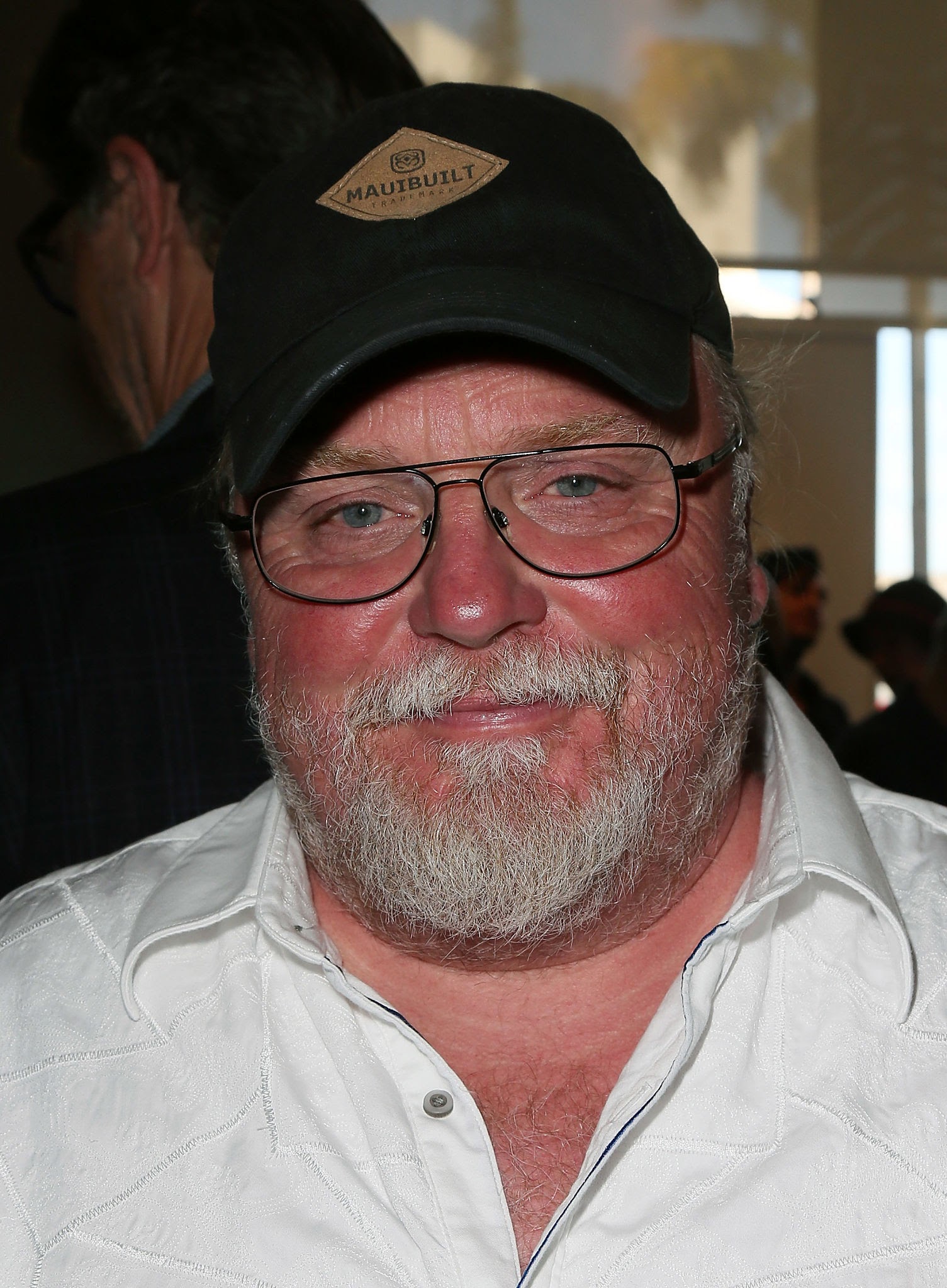
Udo Nöger is a German and American artist working between San Diego, Miami and Geneva.
Nöger, who grew up in Enger, Germany, emigrated to the United States in the early 1990s. Early in his career, he was known for his expressive figurative paintings. These mixed-media works often feature enigmatic archaic figures and symbolically charged imagery inspired by his travels. On one such trip to the South Pacific, Nöger discovered ancient writings consisting of images of animals, figures and symbols used by the Easter Islanders centuries ago. Over time, he began to incorporate this ancient iconography into his work, eventually creating his own pictorial language that gradually became more and more abstract.
By the mid-nineties, Nöger began to focus exclusively on the interplay of light, space and color. The artist creates luminous monochrome paintings that capture light, movement and energy expressed in extremely minimalist compositions. Nöger uses an almost architectural approach to create works that seem to radiate light from within. The paintings consist of three layers of canvas mounted on stretchers set at a distance from each other.
Udo Nöger has exhibited many times around the world, and his works are in the permanent collections of the Metropolitan Museum of Art (New York), the Museum of Contemporary Art (Denver), the Art Institute of Chicago and others.
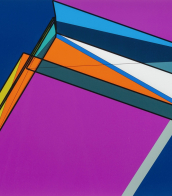

Udo Nöger is a German and American artist working between San Diego, Miami and Geneva.
Nöger, who grew up in Enger, Germany, emigrated to the United States in the early 1990s. Early in his career, he was known for his expressive figurative paintings. These mixed-media works often feature enigmatic archaic figures and symbolically charged imagery inspired by his travels. On one such trip to the South Pacific, Nöger discovered ancient writings consisting of images of animals, figures and symbols used by the Easter Islanders centuries ago. Over time, he began to incorporate this ancient iconography into his work, eventually creating his own pictorial language that gradually became more and more abstract.
By the mid-nineties, Nöger began to focus exclusively on the interplay of light, space and color. The artist creates luminous monochrome paintings that capture light, movement and energy expressed in extremely minimalist compositions. Nöger uses an almost architectural approach to create works that seem to radiate light from within. The paintings consist of three layers of canvas mounted on stretchers set at a distance from each other.
Udo Nöger has exhibited many times around the world, and his works are in the permanent collections of the Metropolitan Museum of Art (New York), the Museum of Contemporary Art (Denver), the Art Institute of Chicago and others.
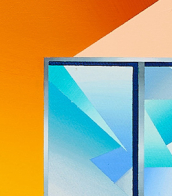

Udo Nöger is a German and American artist working between San Diego, Miami and Geneva.
Nöger, who grew up in Enger, Germany, emigrated to the United States in the early 1990s. Early in his career, he was known for his expressive figurative paintings. These mixed-media works often feature enigmatic archaic figures and symbolically charged imagery inspired by his travels. On one such trip to the South Pacific, Nöger discovered ancient writings consisting of images of animals, figures and symbols used by the Easter Islanders centuries ago. Over time, he began to incorporate this ancient iconography into his work, eventually creating his own pictorial language that gradually became more and more abstract.
By the mid-nineties, Nöger began to focus exclusively on the interplay of light, space and color. The artist creates luminous monochrome paintings that capture light, movement and energy expressed in extremely minimalist compositions. Nöger uses an almost architectural approach to create works that seem to radiate light from within. The paintings consist of three layers of canvas mounted on stretchers set at a distance from each other.
Udo Nöger has exhibited many times around the world, and his works are in the permanent collections of the Metropolitan Museum of Art (New York), the Museum of Contemporary Art (Denver), the Art Institute of Chicago and others.


Udo Nöger is a German and American artist working between San Diego, Miami and Geneva.
Nöger, who grew up in Enger, Germany, emigrated to the United States in the early 1990s. Early in his career, he was known for his expressive figurative paintings. These mixed-media works often feature enigmatic archaic figures and symbolically charged imagery inspired by his travels. On one such trip to the South Pacific, Nöger discovered ancient writings consisting of images of animals, figures and symbols used by the Easter Islanders centuries ago. Over time, he began to incorporate this ancient iconography into his work, eventually creating his own pictorial language that gradually became more and more abstract.
By the mid-nineties, Nöger began to focus exclusively on the interplay of light, space and color. The artist creates luminous monochrome paintings that capture light, movement and energy expressed in extremely minimalist compositions. Nöger uses an almost architectural approach to create works that seem to radiate light from within. The paintings consist of three layers of canvas mounted on stretchers set at a distance from each other.
Udo Nöger has exhibited many times around the world, and his works are in the permanent collections of the Metropolitan Museum of Art (New York), the Museum of Contemporary Art (Denver), the Art Institute of Chicago and others.
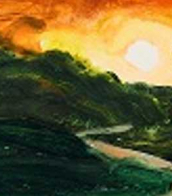

Udo Nöger is a German and American artist working between San Diego, Miami and Geneva.
Nöger, who grew up in Enger, Germany, emigrated to the United States in the early 1990s. Early in his career, he was known for his expressive figurative paintings. These mixed-media works often feature enigmatic archaic figures and symbolically charged imagery inspired by his travels. On one such trip to the South Pacific, Nöger discovered ancient writings consisting of images of animals, figures and symbols used by the Easter Islanders centuries ago. Over time, he began to incorporate this ancient iconography into his work, eventually creating his own pictorial language that gradually became more and more abstract.
By the mid-nineties, Nöger began to focus exclusively on the interplay of light, space and color. The artist creates luminous monochrome paintings that capture light, movement and energy expressed in extremely minimalist compositions. Nöger uses an almost architectural approach to create works that seem to radiate light from within. The paintings consist of three layers of canvas mounted on stretchers set at a distance from each other.
Udo Nöger has exhibited many times around the world, and his works are in the permanent collections of the Metropolitan Museum of Art (New York), the Museum of Contemporary Art (Denver), the Art Institute of Chicago and others.


Udo Nöger is a German and American artist working between San Diego, Miami and Geneva.
Nöger, who grew up in Enger, Germany, emigrated to the United States in the early 1990s. Early in his career, he was known for his expressive figurative paintings. These mixed-media works often feature enigmatic archaic figures and symbolically charged imagery inspired by his travels. On one such trip to the South Pacific, Nöger discovered ancient writings consisting of images of animals, figures and symbols used by the Easter Islanders centuries ago. Over time, he began to incorporate this ancient iconography into his work, eventually creating his own pictorial language that gradually became more and more abstract.
By the mid-nineties, Nöger began to focus exclusively on the interplay of light, space and color. The artist creates luminous monochrome paintings that capture light, movement and energy expressed in extremely minimalist compositions. Nöger uses an almost architectural approach to create works that seem to radiate light from within. The paintings consist of three layers of canvas mounted on stretchers set at a distance from each other.
Udo Nöger has exhibited many times around the world, and his works are in the permanent collections of the Metropolitan Museum of Art (New York), the Museum of Contemporary Art (Denver), the Art Institute of Chicago and others.



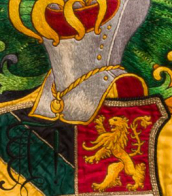

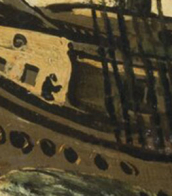

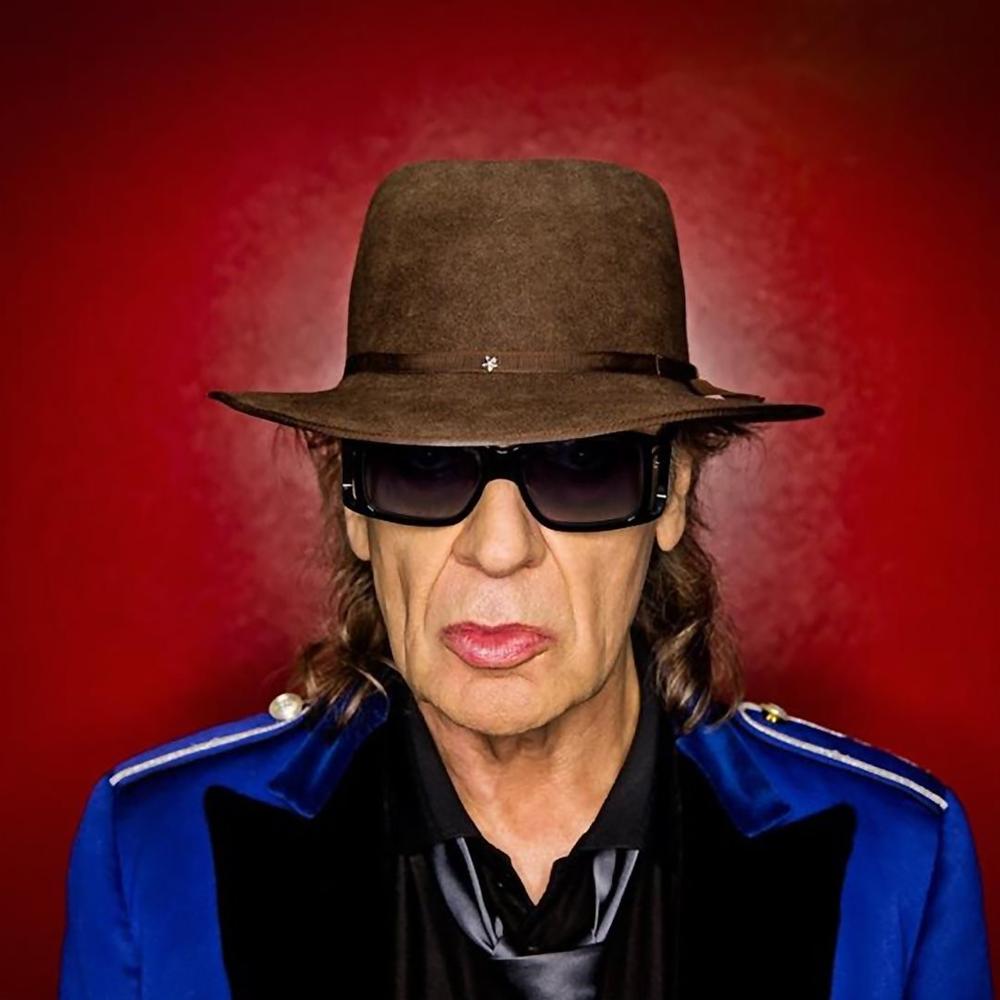
Udo Gerhard Lindenberg is a German rock singer, writer and artist.


Gerhard Richter is a German visual artist. Richter has produced abstract as well as photorealistic paintings, and also photographs and glass pieces. He is widely regarded as one of the most important contemporary German artists and several of his works have set record prices at auction.
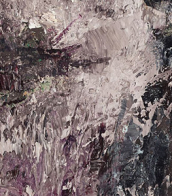

Udo Gerhard Lindenberg is a German rock singer, writer and artist.



